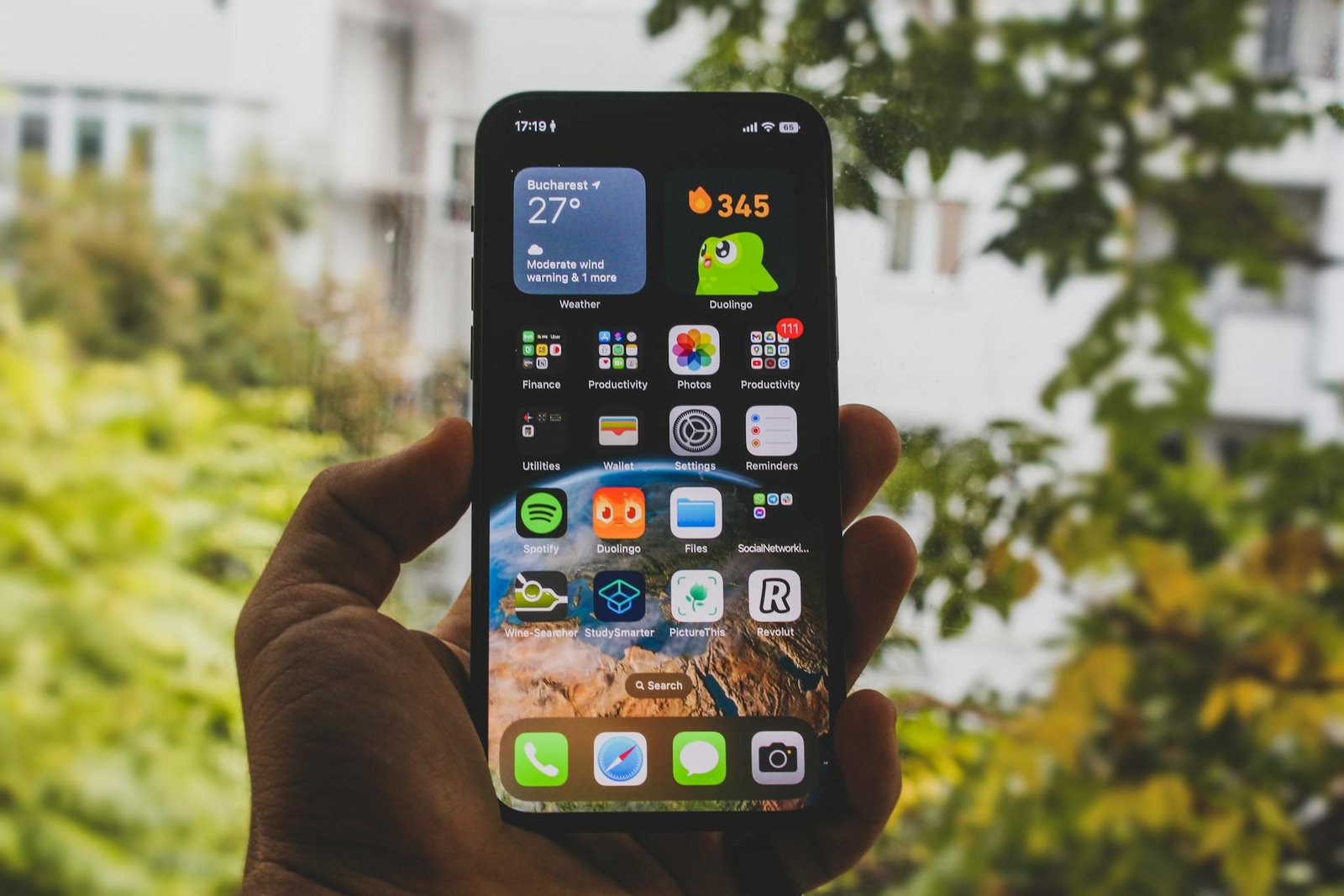The announcement about the demise of Duolingo’s mascot Duo the Owl surprised many users of the language-learning app Duolingo. Most observers stunned by the unexpected news find out later that this announced death served a marketing purpose to maintain both public attention and the company’s unique brand persona.
The Social Media Post
On February 11, 2025, at dawn’s early light, Duolingo went online to announce, “It is with heavy hearts that we inform you that Duo, officially known as The Duolingo Owl, is dead.” The announcement went on to say that the conditions under which the death of Duo occurred are under investigation by the “authorities” and that the company is cooperating fully with the investigation.
The announcement was intentionally light-hearted, continuing Duolingo’s signature sense of humor. The announcement joked that Duo might have died “waiting for you to do your lesson,” playfully referencing the pressure users feel when the app reminds them of their lesson.
It even jokingly asked followers to hate on the owl in the comments, asking followers not to. Instead, Duolingo playfully requested followers to send over their credit card information, offering to sign them up for Duolingo Max in Duo’s memory.
A Whimsical Marketing Campaign
While the news of Duo’s death might sound like a serious tragedy, it was indeed a well-played role of Duolingo’s ongoing marketing campaign. The company is no stranger to playing with humor and unconventional means of reaching out to its audience. In fact, Duolingo has gained fame for embracing a “wholesome and unhinged” brand voice, and this announcement fits perfectly into that.
In a press release to KDKA-TV, a Duolingo spokesperson confirmed that Duo’s death was part of a brand marketing campaign. They assured the public that the appeal to post credit card information was, of course, a joke and was not to be taken seriously.
The Evolution of Duo the Owl
Duo the Owl first appeared as Duolingo’s mascot with the goal of encouraging users to maintain regular practice on the app. The developers intended the owl as a supportive character that would encourage students to maintain regular language study sessions when they created this initially adorable mascot. User interest in the app resulted in Duo accomplishing more than his initial role as a guide. The internet made him a sensation when memes along with jokes and fan art components drew a fanatical audience.
The original friendly mascot evolved into a complicated sinister character according to user perception. The cute and cuddly appearance of the owl became more threatening because of internet fandom culture.
Through its design Duo appeared to be a constant virtual presence which monitored users to prevent them from skipping their education.
Some memes even showed Duo as going to extreme lengths to keep users on track, such as “temporarily moving your family” if you failed to finish a lesson.
This transition of Duo from cute mascot to sort of “creepy” character was seized upon by Duolingo. In fact, the brand doubled down on the new character, emphasizing Duo’s darker, more obsessive personality in a way that appealed to internet humor. This combination of wholesome encouragement and eccentric intensity made Duo an iconic character in the language learning world and beyond.
The Significance of Duo’s Death
The announcement of Duo’s death is not a publicity stunt; it is also an acknowledgment of the complicated relationship between brand mascots and their publics. Duo, along with other famous brand characters, underwent a transition from a simple figure to a more complicated, meme-worthy character. His “death” is a nod to the power of the internet to reshape branding and popular culture.
The timing of the announcement also serves a larger trend in which brands subvert the rules of conventional marketing. Just as Mr. Peanut died in 2020 and returned as “Baby Nut,” Duolingo’s marketers are toying with the idea of mascots changing or being “killed off” to generate buzz and keep their brand fresh.
By doing so, Duolingo is partaking in a wider conversation about the power of internet culture and the ways in which it can impact and reshape the way that brands interact with consumers.
A New Face for Duolingo
To really drive home the reality of Duo’s death, Duolingo updated its social media profiles and app icon to show the death of the owl. The new icon shows Duo with Xs for eyes, symbolizing the character’s “death.”
The visual update is a playful reminder of the company’s irreverent sense of humor and its rapid ability to keep up with what’s new now.
In doing so, Duolingo reinforces the message that its brand is always evolving and not afraid to push boundaries in order to connect with its audience. The X-eyed Duo is a shocking and funny sight, and it will have people talking about the company and its mascot in the aftermath of the announcement.
The Mascot That Became a Cultural Icon
Duo’s internet fame wasn’t an accident. Duolingo has always known the benefit of creating a mascot that will connect with its audience. While many brands have mascots, few have been as widely recognized and popular as Duo. Part of the reason is that Duolingo has always tried to connect with users and stay engaged on social media.
By adopting internet culture and letting Duo become a meme-able character, Duolingo has been able to turn the owl into a symbol of the app’s efficacy and the company’s light-hearted, unpredictable nature.
Duo is now a cultural touchstone among app users, and the announcement of his death is guaranteed to generate more buzz and create lasting memories for the brand.
What’s Next for Duo?
As of now, the future of Duo is unknown. While Duolingo has not publicly commented on what the future holds for the character, the company did indicate that fans will need to “wait and see.” Considering the success of Duo’s “death” as a marketing strategy, the mascot will likely be back in some form, whether as a revamped mascot or as a component of another creative initiative.
Bringing back a mascot after the “death” of the mascot is not new in brand land. Perhaps the most well-known is the case of Mr. Peanut, who “died” in a 2020 Super Bowl commercial and was revamped afterwards as “Baby Nut.” Not only did it generate buzz, but it rejuvenated the Planters brand as well. Whether or not Duolingo will follow suit with Duo remains to be seen, but the company has already established the foundation for additional creative advances.
A Trend in Brand Marketing
Duolingo’s marketing campaign is part of a larger trend within the marketing environment where companies are using the strength of humor, surprise, and unexpected moments in order to reach their audiences.
In an era of short attention spans, companies know that they must do something drastic and something memorable in order to get past the noise and be heard over the competition. Duolingo’s death of Duo campaign is the prime example that humor and internet culture are being utilized in order to develop memorable moments for brands.
Conclusion
Duo the Owl’s passing has left us all in stitches and asking, what’s next? Is it a temporary campaign or a mascot change? Once again, Duolingo has demonstrated that it can stay top of mind in a crowded market.
As internet culture continues to shape the realm of branding, we can expect to see more brands follow suit and take a page from Duolingo’s book of using humor and creativity to engage their audiences in new and interesting ways.
solidified his status as a top quarterback, while Saquon Barkley and the defense wrote their place in history.
For the Chiefs, this loss is a wake-up call. Their dynasty may not be dead, but they will need to regroup and address their weaknesses if they are to get back to the top.
Ultimately, this game was a reminder of why the NFL is so fantastic—anything can happen on the biggest stage, and legacies are created in moments like these. The Eagles now sit atop the mountaintop as champions, and their victory will be remembered for years to come.



